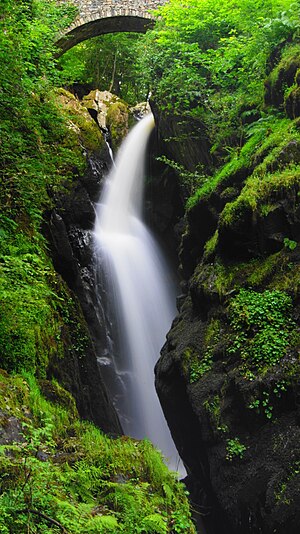Difference between revisions of "Template:Todaysimage"
(Caerleon & Richmond) |
|||
| (9 intermediate revisions by 3 users not shown) | |||
| Line 1: | Line 1: | ||
| − | ''' | + | {{clear}} |
| + | '''Today's featured image''' is: | ||
| − | {| | + | {| |
| − | |- align="left" | + | |- align="left" valign="top" |
| − | |[[File:{{ | + | |[[File:{{FP-{{pickday}}|pic}}|left|thumb|300px|{{FP-{{pickday}}|cap}}]] |
| − | | | + | | |
| − | | | + | =={{pickday}}== |
| − | + | {{FP-{{pickday}}|text}} ([[{{pickday}}|Read more]])'' | |
| − | | | + | |}<noinclude>[[Category:Front Page templates]] |
| − | | | + | |
| − | + | ||
| − | =={{ | + | |
| − | + | ||
| − | + | ||
| − | + | ||
| − | + | ||
| − | + | ||
| − | {{ | + | |
| − | | | + | |
| − | + | ||
| − | + | ||
| − | + | ||
| − | | | + | |
| − | + | ||
| − | + | ||
| − | + | ||
| − | + | ||
| − | + | ||
| − | + | ||
| − | + | ||
Latest revision as of 22:06, 12 December 2014
Today's featured image is:
Aira ForceAira Force is a celebrated waterfall in Cumberland, on the Aira Beck deep within the Lake District, close to Ullswater. The Aira Beck, which rises on the upper slopes of Stybarrow Dodd at a height of 2,362 feet and flows north-easterly before turning south, blocked by the high heather-covered slopes of Gowbarrow Fell. It turns south on its five-mile journey to join Ullswater, at a height of 492 feet. Less than a mile before entering the lake, the beck makes its leap 65 feet down a rocky ravine, creating the falls known as Aira Force. William Wordsworth paid many visits to the area around Aira Force, observing daffodils on the shore of Ullswater near the Aira Beck, and the falls themselves are mentioned in three Wordsworth poems. (Read more) |
